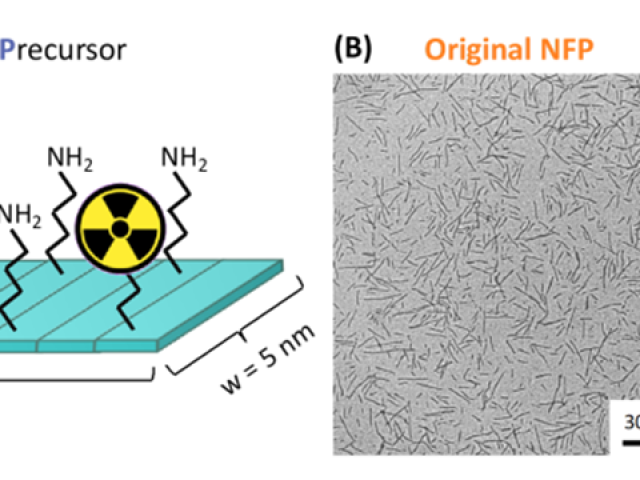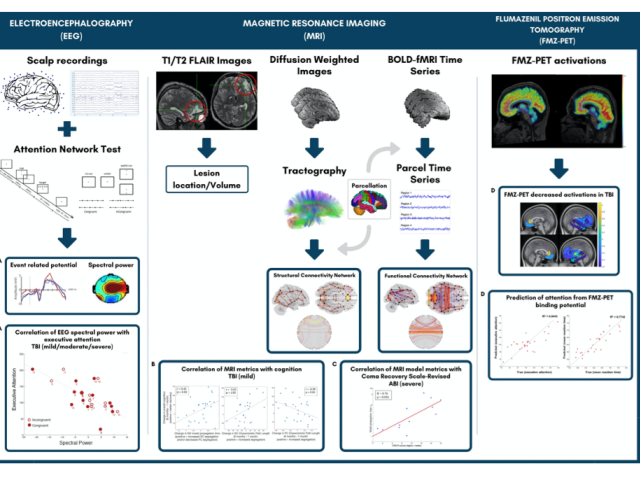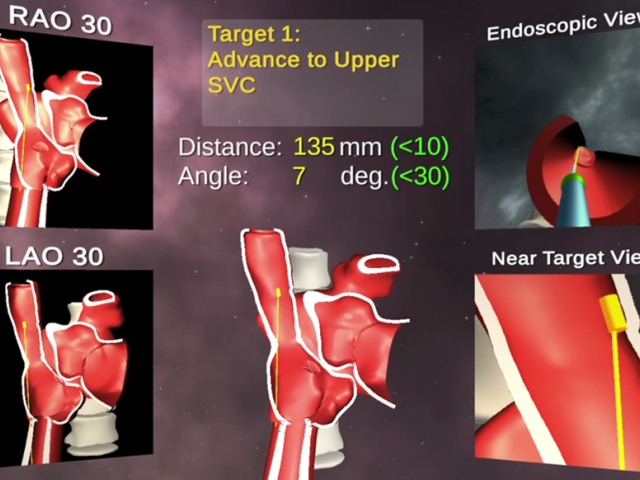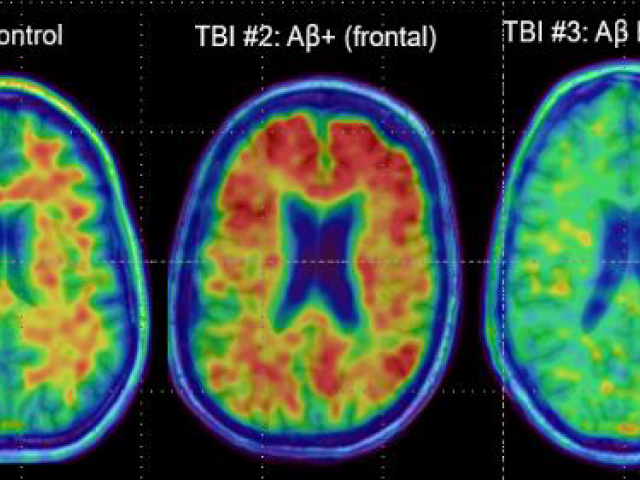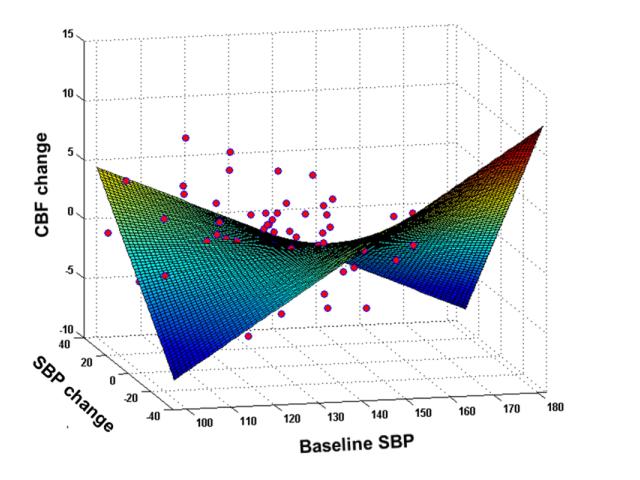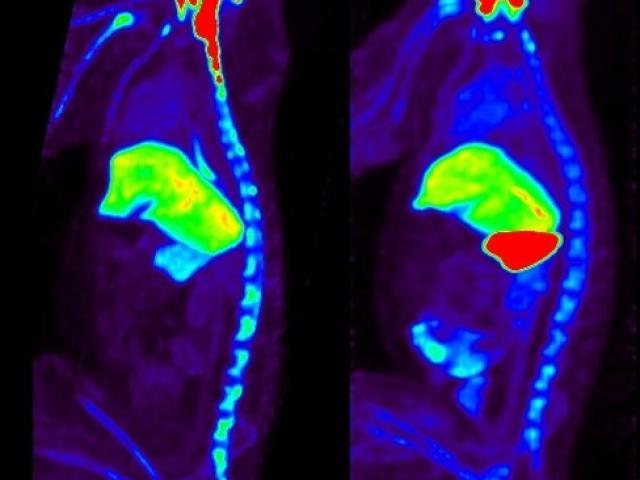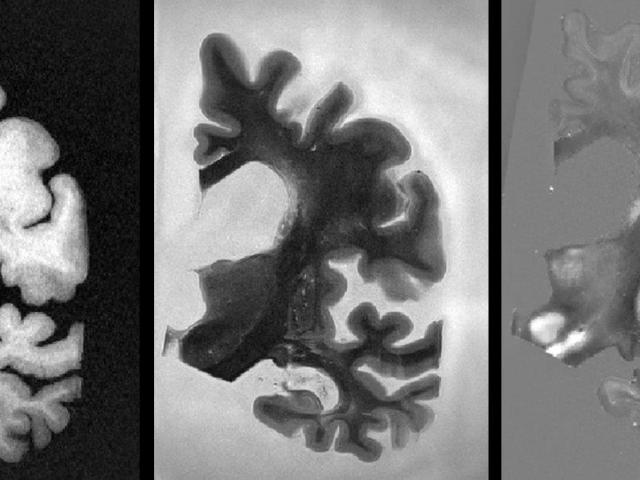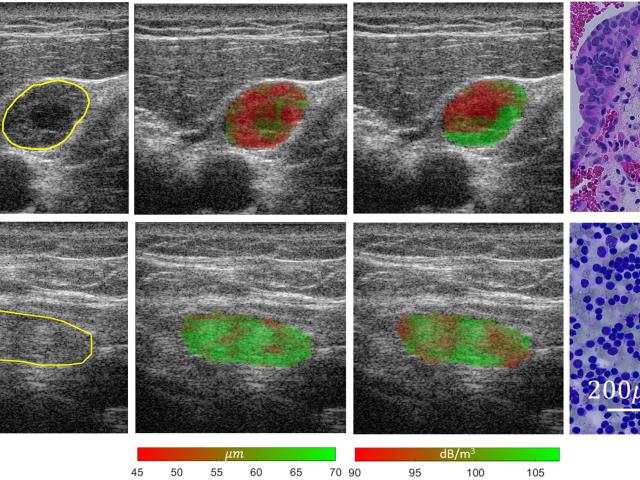Smart nanofibers with preferential lung-targeting properties for metastatic breast cancer treatment
In this project, the lab designed a new nanofiber precursor (pNFP), a new generation of nanofibers with preferential lung-targeting and retention properties for treating pulmonary metastases. The nanofibers, which display a very high aspect ratio, can rearrange into a large interfibril network. In the deep alveolar areas, this network favors passive lung targeting and local retention via...
Multi-modal imaging of the mechanisms underlying impaired executive attention after traumatic brain injury
Award or grant: NIH/NINDS: 1R01NS102646-01A1This is a multi-center collaborative grant (Weill Cornell Medicine, Mount Sinai) that aims to carry out a longitudinal study of the mechanisms underlying executive attention impairment after traumatic brain injury (TBI). The study will employ electroencephalogram (EEG) and diffusion tensor imaging (DTI) along with neuropsychological assessments in the...
Real-time navigation system for cardiac interventions
The overall goal of this project is to develop a mixed reality (MR) and deep learning (DL)-based system for intra-operative image guidance for interventional procedures conducted under fluoroscopy. This unique guidance system will offer both a quantitative, and intuitive, method for navigating and visualizing percutaneous interventions by rendering (via MR headset) a true 3D representation of the...
Multi-modal imaging of the mechanisms underlying impaired executive attention after traumatic brain injury
Award or grant: National Institutes of Health (NIH)/National Institute of Neurological Disorders and Stroke (NINDS), 1R01NS102646-01A1Traumatic Brain Injury (TBI) is a leading cause of death and long-term disability, and there are more than 5.3 million persons in the U.S. alone with chronic executive attention and cognitive dysfunction. There is a fundamental gap in knowledge of the functional...
CSF clearance and brain amyloid dynamics after traumatic brain injury
Traumatic Brain Injury (TBI) is a leading cause of death and disability worldwide and a risk factor for later development of Alzheimer's disease (AD). TBI causes increased axonal production and rapid brain deposition of amyloid, a pathologic hallmark of AD. Persistence of amyloid in the brain after TBI may underlie TBI as a risk factor for AD. For this project, using positron emission tomography...
CSF clearance in sporadic Alzheimer's disease
Award or Grant: National Institutes of Health (NIH) R01 AG057848 (2018-2023)This project examines the longitudinal relationship between cerebrospinal fluid (CSF) clearance and the brain amyloid burden in sporadic Alzheimer's disease. More details
Blood pressure, cerebral perfusion and cognitive outcome in hypertension
Awards or Grants: (R01) National Institutes of Health (NIH)Hypertension (HTN) is associated with impaired cerebral vasoreactivity (VR) and flow autoregulation, which may result in greater dependence of cerebral blood flow (CBF) on perfusion pressure. Verifying this hypothesis has important implications for targeting blood pressure (BP) to ensure adequate perfusion in subjects with HTN. In this...
Rapid non-invasive whole-body imaging of gene transfer vectors
Award or Grant: National Institutes of Health (NIH), R01 EB027918The goal of this project is to develop noninvasive, safe, temporal monitoring of adeno-associated viral vector (AAV) biodistribution following in vivo administration that can be ultimately used in humans. The lab’s strategy is to covalently radioiodinate AAV capsids using the positron emitting isotope iodine (I)-124, and to track...
Quantitative susceptibility mapping (QSM) as a non-invasive imaging biomarker for predicting neurodegeneration in Alzheimer's disease
A long-term objective of our research is to establish QSM as a noninvasive MRI marker for predicting neurodegeneration in AD. Our scientific premise is that QSM can measure iron overload involved in AD progression. We propose to establish QSM as an MRI marker for predicting neurodegeneration ex vivo using AD brain tissue pathology, and in vivo by correlating QSM with neurodegeneration measured...
In Vivo Evaluation of Lymph Nodes Using Quantitative Ultrasound
This project addresses the need for reliable, highly sensitive means of detecting metastases to lymph nodes (LNs) and distinguishing them from primary lymphomas and LNs affected by benign conditions. This capability will allow improved staging and treatment of disease. Accordingly, we seek to validate existing encouraging results obtained in prior studies using quantitative-ultrasound (QUS)...



